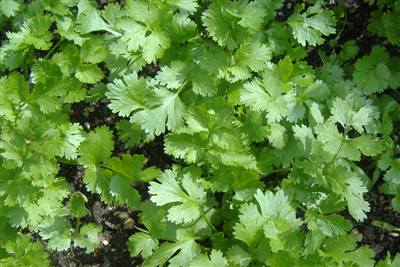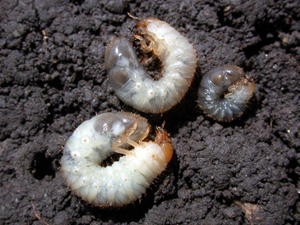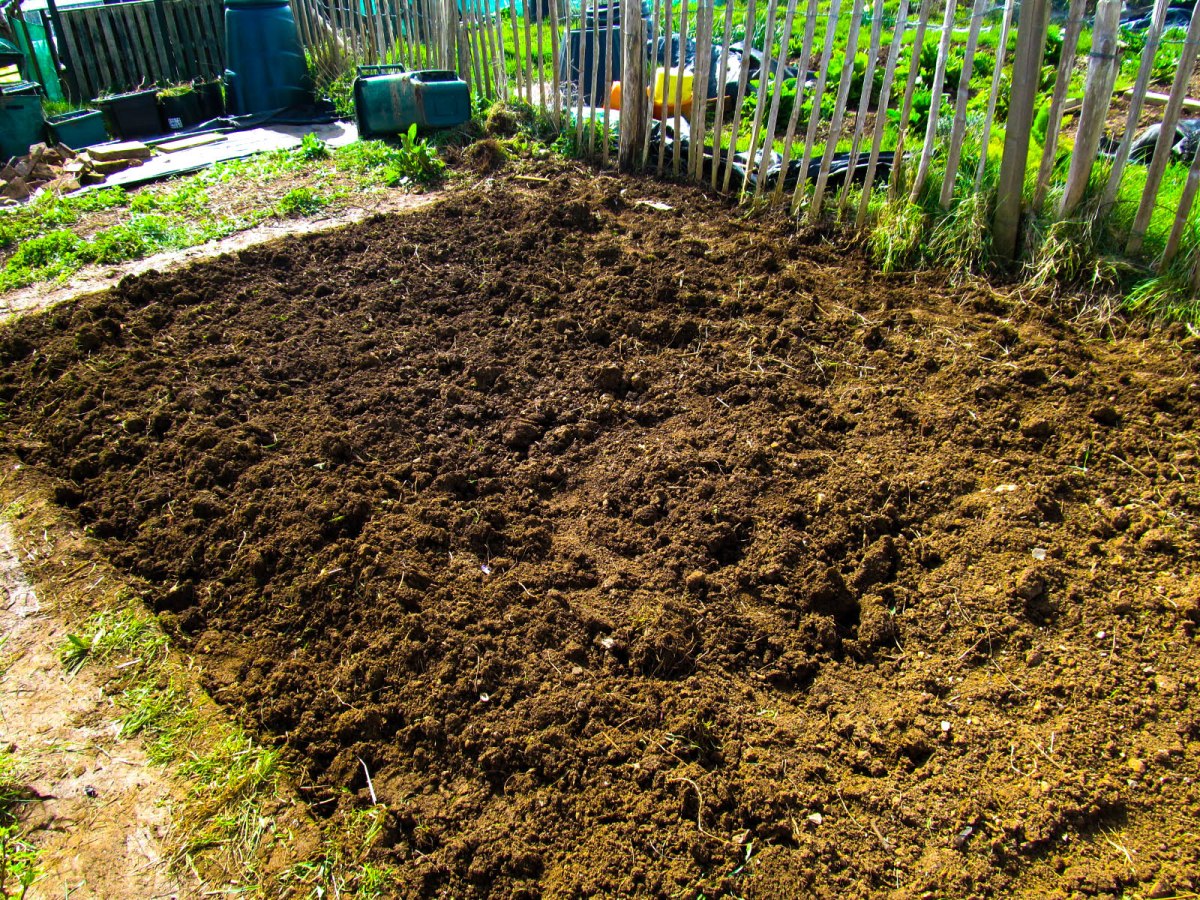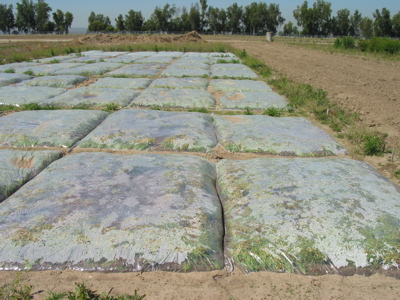- Coriander is an important crop of spices, all parts of which use stems, leaves, and seeds.
- If its management is not correct, then it becomes yellow, which reduces production.
- For its management, Apply Nitrogen Fixation Bacteria and Phosphorus Solubilizing Bacteria with Basal Dosage mixed up well in the field at the rate of 2 kg per acre.
- Due to the lack of nitrogen in the soil and the problem of disease and insects, coriander leaves turn yellowish.
- Apply Thiophanate methyl 70% wp @ 250-300 g and chlorpyrifos 20% EC @ 500 ml per acre with irrigation.
- After this drenching, apply 19:19:19 @ 500 gm per acre.
Like and share with other farmers by clicking on button below.
Share









